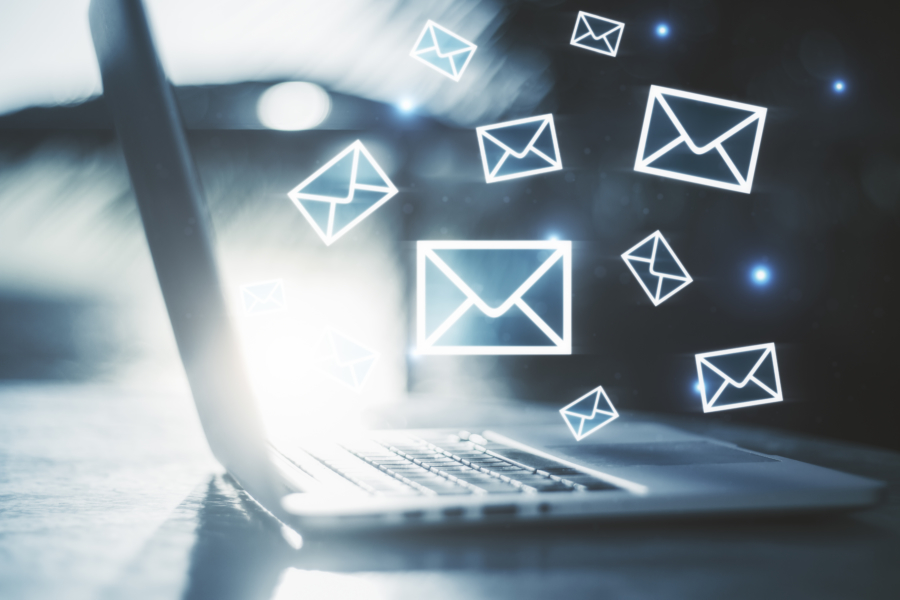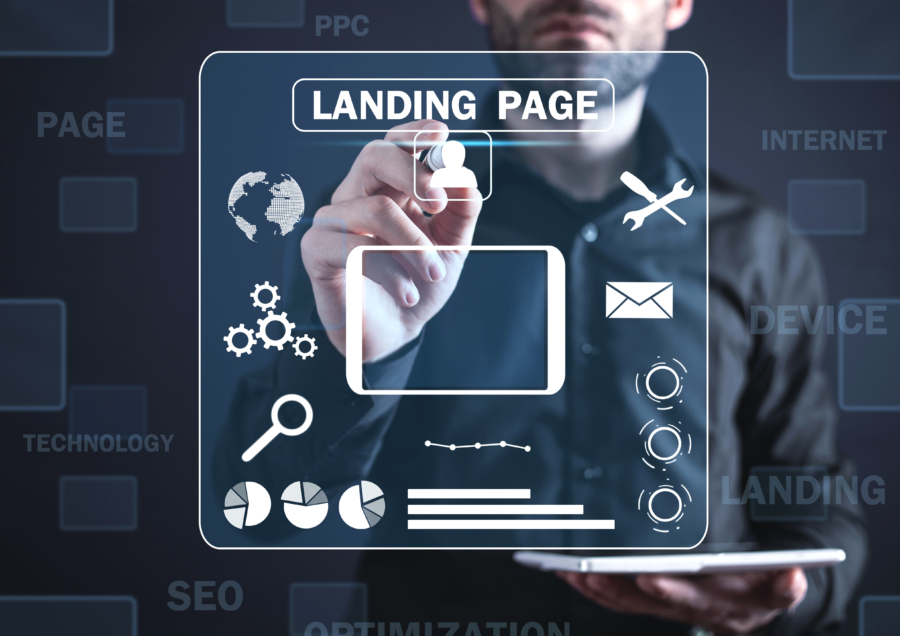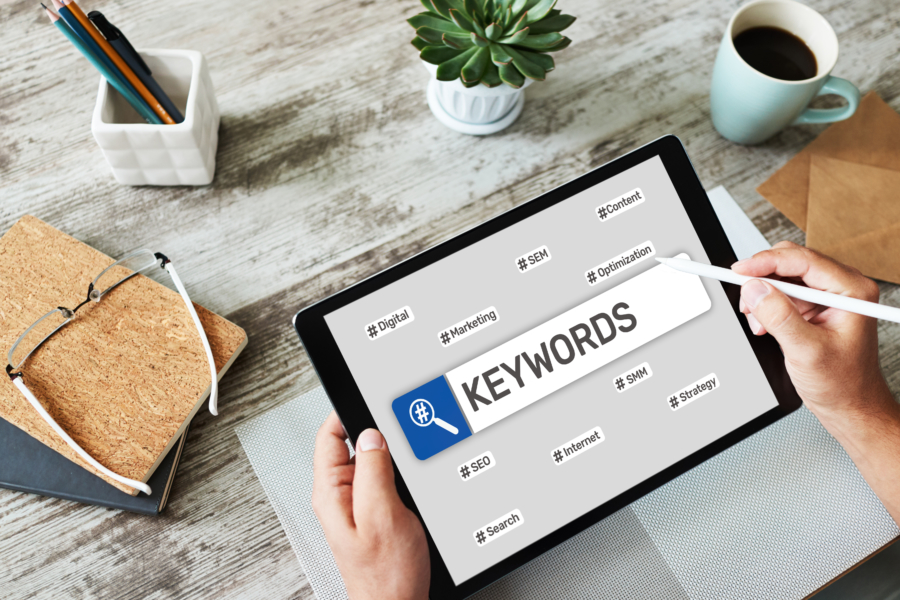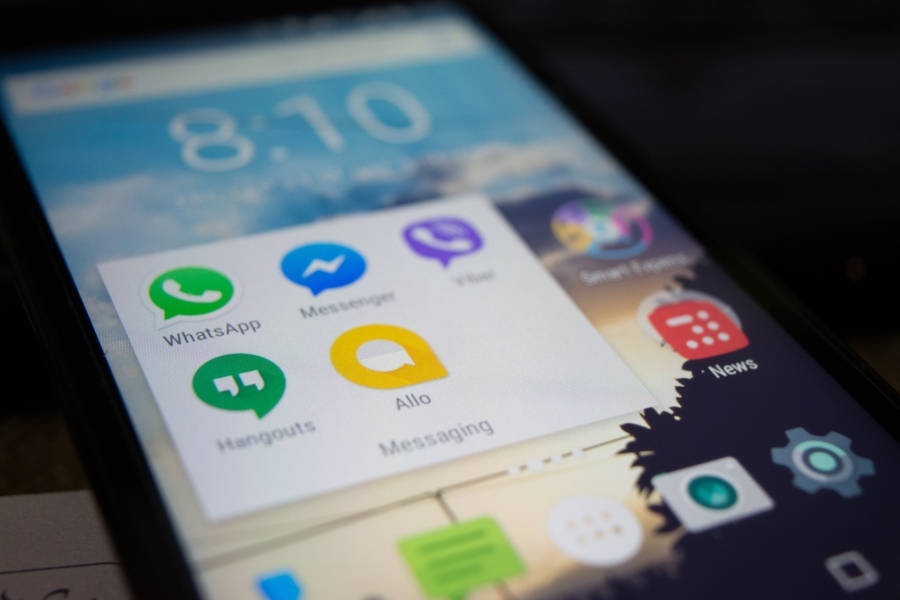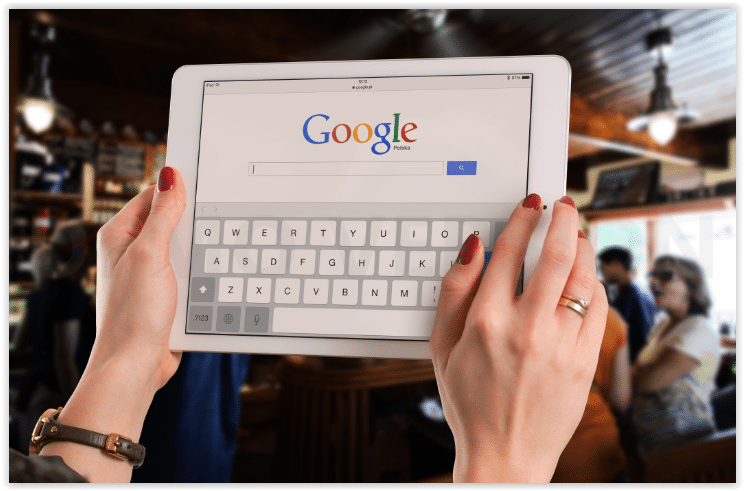It’s a common misconception that marketing through email is dead. In all actuality, 90% of adults and 74% of teenagers use emails regularly. Email marketing is still a great tool for building customer relationships and generating leads
- Home
- Tag: Digital Advertising
Gen Z now makes up 26% of the population and comprises 48% of the total media audience. Their spending power is estimated to be between $29 and $143 billion, without taking into account their influence on household
Customers arrive on a landing page through social media posts, paid advertisements, and various other content. If your landing page is ineffective, all the ad dollars and resources put towards getting these customers there was essentially a
Marketers have been predicting the death of cookies since 2017, and yet it’s still holding on. Safari and Firefox already block third-party cookies by default, and Google Chrome is soon getting the controls to follow. This has
LinkedIn announced late last week that it will be adding three new features to their advertising platform. These features include brand awareness campaigns, website conversion tracking capabilities, and job applications. This new version will also have an
When it comes to branded versus non-branded search, it isn’t an either/or decision, both are critical for successful rankings. Businesses must have a strong understanding of the customer journey, to know when users are more likely to
On Tuesday Facebook announced new updates for its video creation kit feature. The updates are to give video advertisers more templates, editing options, and a new ‘save’ option. Facebook’s overall purpose of the new features is to
Private messaging apps such as WhatsApp, direct messaging via social media, emails, etc. are all referred to as “Dark Social” by marketers because content shared through these platforms are particularly difficult to track and analyze. This is
Being able to measure your data is key to understanding how well you are performing on all of your digital platforms. Typically, data is confusing to interpret and an extremely boring visual for management. At Onimod Global,

